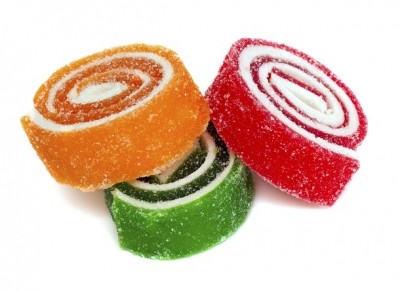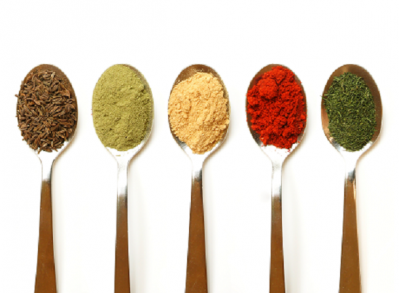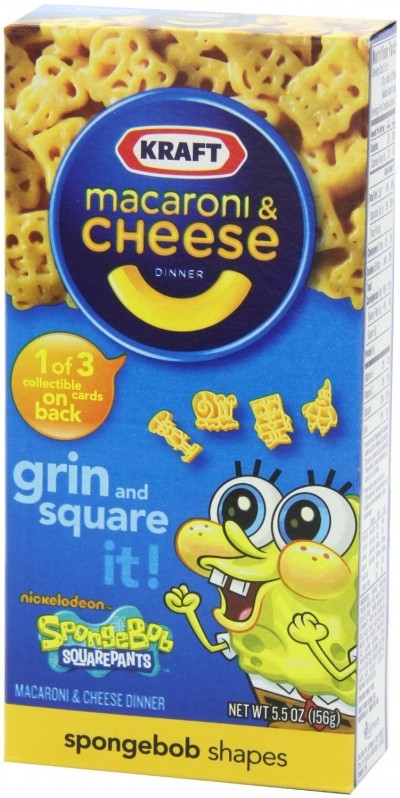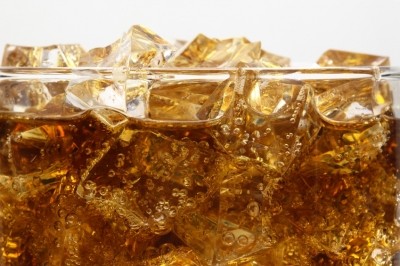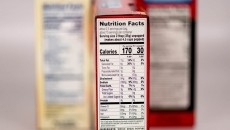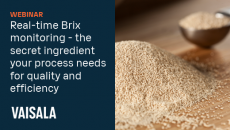CSPI urges FDA to require front-of-pack artificial color disclosure
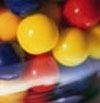
The organization claims that food manufacturers often use colorings to deceive consumers by substituting natural ingredients for cheaper colorings – in the case of a juice drink, for example – or to foods appear fresher.
In particular, CSPI claims that caramel color and molasses may be added to breads made from mainly white flour “to simulate the presence of more whole grains”, and farm-raised salmon may be fed color additives to mimic the redder flesh of wild salmon.
CSPI litigation director Stephen Gardner said in a statement: “Companies substitute color additives for real food ingredients to lower their costs at the expense of consumers’ health and pocketbooks. We hope that the FDA requires companies to label artificially colored foods honestly.”
The FDA already requires food manufacturers to disclose artificial colors in a product’s ingredient list. For FDA-certified color additives, they must be listed by name, such as FD&C Blue No. 1, or by abbreviated name (Blue 1). In the case of color additives exempt from certification, manufacturers can include "artificial colors" on the ingredient list without naming each one.
However, CSPI director Michael Jacobson claims that labeling requirements should go further.
“Consumers shouldn’t have to turn the package over and scrutinize the fine print to know that the color in what are mostly junk foods comes from cheap added colorings,” he said.
This is not the first time the CSPI has taken aim at artificial food colors. Last year, it petitioned the FDA asking for an outright ban on artificial food colorings, but industry rejected the call, saying that there is overwhelming evidence of their safety.
Controversy over the use of artificial food dyes gained momentum with publication of the notorious Southampton study in September 2007. The research, published in British medical journal The Lancet, looked at the effects of mixes of additives on 297 children aged three to nine, and concluded that synthetic food colors and additives had a “mild but significant” link to hyperactive behavior in children at least up to middle childhood.
The study has been the subject of criticism, however, largely because the children who took part in the trial were given cocktails of additives, making it impossible to ascertain whether any particular additive was responsible for the perceived hyperactivity effect.
Since then, the FDA and the European Food Safety Authority have both independently assessed scientific data regarding the safety of artificial food colors currently in the food supply, and neither found cause for concern.
